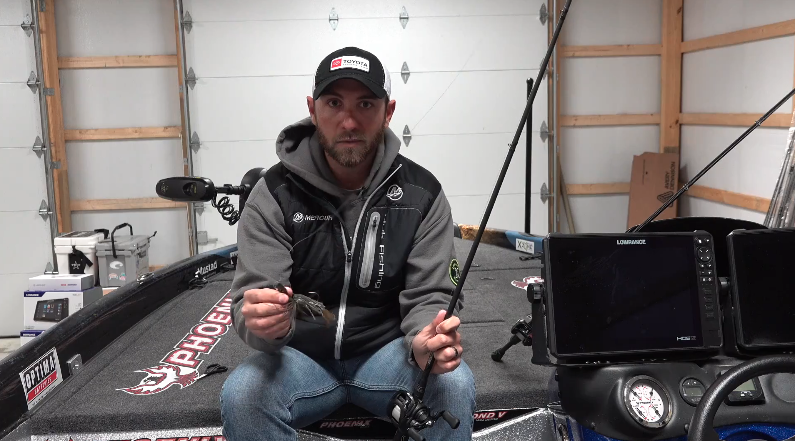
Smallmouth bass get all the attention at Pickwick Lake, and they deserve it. The lake is legendary for producing the best smallmouth fishing on the Tennessee River system. Not to be ignored, a healthy population of largemouth also lives in the southwest Tennessee lake. Pickwick’s pedigree for both species makes it worthy of a high ranking in the Bassmaster Top 100 Lakes list.
“The best time to catch quality largemouth on Pickwick is definitely in the spring,” says southern middle Tennessee angler Brandon Lester. “I like to go there in fall for smallmouth, and in the spring for largemouth.”
Flourishing vegetation in some of the lake is the reason why. In spring, it provides nursery habitat for baitfish and spawning habitat and ambush cover for the largemouth.
“Look for hydrilla in the creeks, where prespawn largemouth will stage and spawn, while feeding on the young baitfish at the same time,” advises the Bassmaster Elite Series pro.
Creeks that come to mind are those near the Natchez Trace Parkway bridge crossing the lake. Those have the healthiest growths of vegetation, while their large size provides plenty of fishing opportunities.
For Lester, fish-finding electronics come into play, and specifically side scan sonar that allows the angler to view the bottom habitat in high definition detail.
“You can see 100 feet to either side of your boat,” he explains. “Look on the bottom for isolated humps, edges and irregularities in the shape of the growth.”
Those irregularities are what attract the staging and feeding bass, which like to be concealed from other fish. Lester seeks freshly blooming hydrilla growing up to 12 inches, where the largemouth will eventually spawn.
When he finds such areas, he calls on two easy to use lures that are ideal for anglers of any skill level, or for anyone who is new to the lake.
“I like to alternate between a bladed jig and a lipless crankbait,” he says. “You can cover a lot of water with the crankbait, and slow down with the jig when the fish are less active.”
Lester shares a tip about the lipless crankbait that is worth trying. That is to use different sound emitting styles to give the fish a changeup.
“They hear a lot of lipless crankbaits, so try a one-knocker or rattler until you find out what the fish are preferring at the time,” he adds.
Lester suggests cranking the lure over the tops of the hydrilla. Doing so can coax the largemouth out of the vegetation and into the open water where the lure is going.
For the bladed jig, he finds best success allowing the lure to sink into the grass and giving the rod tip a pop. Strikes occur as the lure breaks free of the vegetation.
“The bonus is you can also catch smallmouth while there, just keep in mind it’s a current generated bite,” says Lester.
Gear up: Rig up with a 1/2- or up to 3/4-ounce lipless crankbait of your choice. Reds and oranges imitating crawfish and are local favorites. Try different sound styles until you find success. Lester uses a 7-foot, 2-inch medium/heavy action rod with a 7:1 gear ratio reel, spooled with 17-pound Vicious Pro Elite Fluorocarbon line. He uses the same setup for the bladed jig; 1/2-ounce models are best. Lester likes shad or green pumpkin jigs with the X Zone Lures Pro Series Mini Swammer, or X Zone Mini Muscle Back Finesse Craw for trailers.
About the lake: Pickwick Lake runs 50 miles on the Tennessee River from Wilson Dam in Florence, Ala., to Pickwick Dam in Tennessee. The lake has 490 miles of shoreline and covers about 47,000 square acres of water surface.
Other fun: Pickwick Landing State Park is an ideal base for your trip, with the park located 14 miles south of the dam. Accommodations include an inn with 119 rooms, each with a picturesque view of the lake. A restaurant, cabins and camping for tents and RVs add to the amenities. Guests can enjoy golfing, birding, picnicking, disc golf, nature walks and more. The part contains 1,416 acres of forested hills and hollows.
Plan your trip: tnvacation.com





